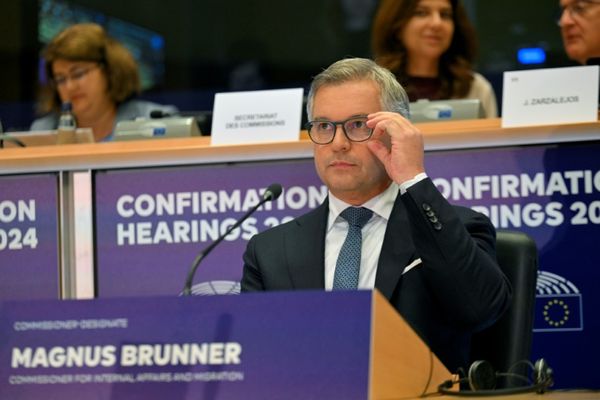
The Trump administration has initiated an investigation into California's high-speed rail project, potentially withdrawing $4 billion in federal funding. The project, approved by voters in 2008 with $10 billion in bond money, aimed to connect San Francisco and Los Angeles in under three hours at an estimated cost of $33 billion by 2020. However, the project has faced funding challenges, cost overruns, and delays.
Currently, the focus is on a 171-mile stretch between Bakersfield and Merced in the Central Valley, set to be operational by 2033. The total cost for the San Francisco to Los Angeles line is now projected at $106 billion, with hopes of completion within the next 20 years.
Transportation Secretary Sean Duffy announced the review of the California High-Speed Rail Authority's commitments to secure federal funding. The Trump administration had previously canceled $1 billion in funding, which was later restored by the Biden administration, with an additional $3.3 billion allocated in December 2023.
The California High-Speed Rail Authority CEO welcomed the investigation, citing accountability for every dollar spent. The project has generated 15,000 jobs and completed over 50 major structures to date.
Republican representatives have criticized the project for its costs, with Rep. Kevin Kiley calling it the worst public infrastructure failure in U.S. history. Kiley introduced a bill to halt further federal funding for the project.
Despite opposition, the project remains popular among many Californians, with advocates emphasizing its importance for efficient public transit systems. The Transportation Trades Department coalition urged for bold leadership in bringing high-speed rail to America, highlighting the project's innovation and ambition.
While the investigation unfolds, supporters and critics continue to debate the future of the high-speed rail project in California.







